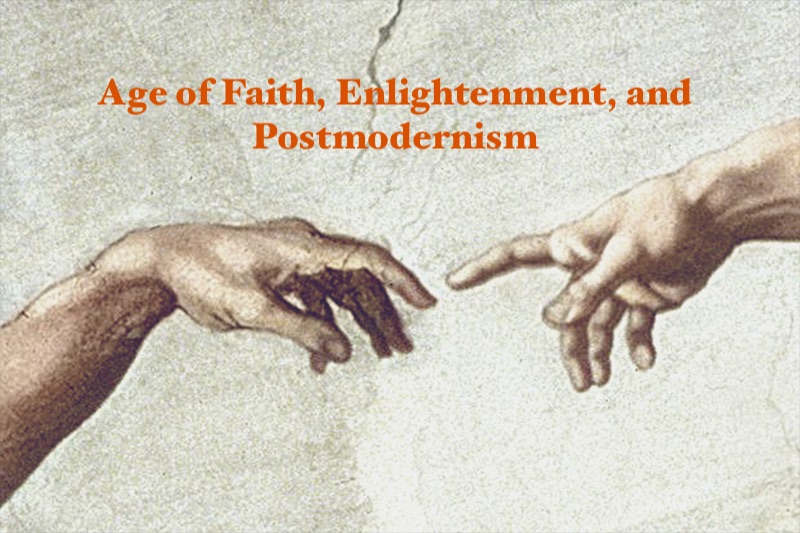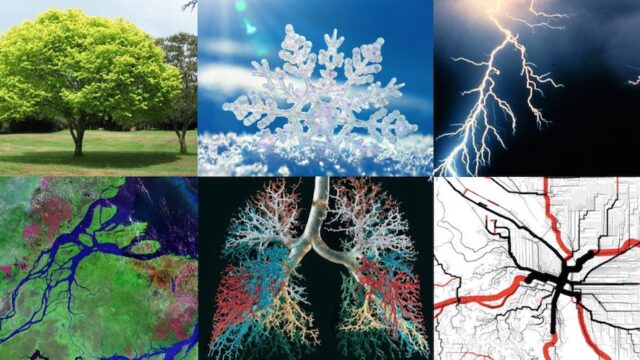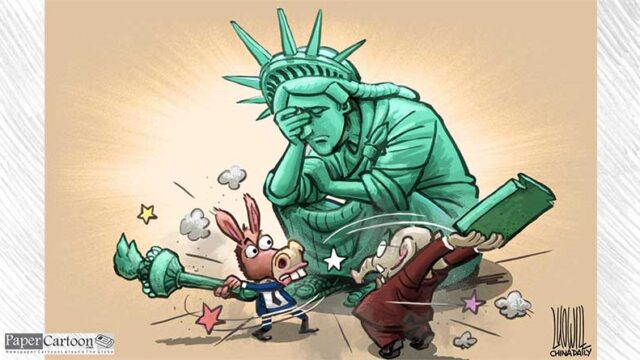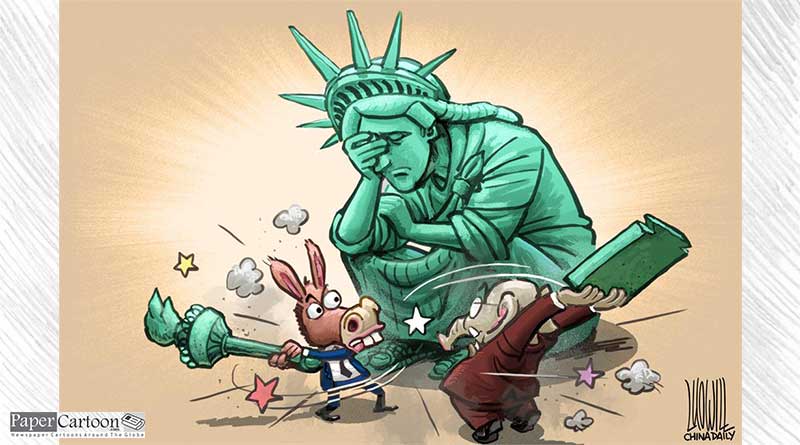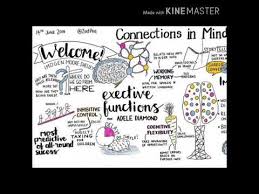Live in the here and now. For in that space God lives, And life is real and flows as it is meant to do. No problems, no questions, no answers. Just life being a dancer Beautifully moving and interbeing. Creative and all-seeing, In-and-of-itself.
It was Saturday, November 28, 2020 and “another beautiful day in paradise,” as my wife and I often describe San Diego weather. Only a couple of days before, we had celebrated Thanksgiving Day, while still isolating because of the COVID-19 pandemic. I had cooked the usual brined turkey, and we had feasted on the leftovers for two days. Now I wanted to take a long walk to help me lose the pounds I had gained during the celebration. As I stepped out the door of our condo at 8 am, the icy wind hit me and I knew I needed a sweater. I drove the few miles to Torrey Pines beach to walk up the “mountain,” to the preserve trails, and there commune with nature.
Halfway up the hill to the top of the Torrey Pines preserve, the idea struck me that I could do a longer trek. UCSD, the university campus where I had worked for 28 years until my retirement in 2018, was a six-mile walk. As I crested the hill of the preserve, I felt I was up to the long walk. The air was crisp, but the walk had warmed my body and so I took the sweater off, knowing it would only get warmer. A bright sun illuminated the morning. Clear blue skies framed the Pacific Ocean to my right, shimmering a dark blue-green shade. I had anticipated that the noise of those walking the trail and of the cars off in the distance would fade as I reached the plateau of the preserve. I wanted to listen to the sound of silence. But it was not to be. Too many cars and a few more folks than I had expected were walking the trails this morning. Silence didn’t have a chance. The siren song of the university called me. I continued past the Torrey Pines Golf Course, Scripps Clinic, the Hilton hotel, and a variety of other places before reaching the campus.
I had not visited the university in over a year. From the road, I had seen new structures slowly but inexorably grow in the space that had been a parking lot during my time there. A group of new buildings now overlooked the familiar grounds. As I approached the campus, my body signaled it needed a brief rest. I found a bench on Torrey Pines Road that served as a bus stop and collapsed into the hard metal seat. The walk had been refreshing as the light and translucent leaves and grass along the way called my attention to the beauty of nature. I felt tired but grateful and enjoying the moment.
As I looked down from the bench, I spied two pennies on the ground. I picked them up and felt there had to be one additional penny somewhere to complete the trilogy. I scanned the ground but could not see any, so after a period of rest, I continued my walk into campus. On my return, 15 minutes later, I stopped by the same bench and the same strong feeling of a third penny flooded my brain. This time I looked down and saw it, near where I had found the other two. Strange, I thought, that I hadn’t seen it previously. I have come across money before on the street, from coins to dollar bills, and don’t remember ever being concerned about the year it was made. This time, the thought occurred naturally, spontaneously, and insistently. I looked and noticed the years: 1995, 2009, and 2012. The dates vaguely reminded me of something.
As I continued my return home, it surprised me to realize that in 1995 I had received tenure from the university; In 2009, I had edited my first and only academic book on Mirror Neurons; and in 2012, I received promotion to Full Professor. If anyone had asked me what the three most significant experiences in my career at UCSD were, I would have said it was those three things. The more I considered it, I realized that other events, such as publication of one of my most widely read papers in 2005, would only be fourth on the list. How intriguing, I thought? Am I creating a story around these dates or is there a deeper significance in my finding these coins with these specific dates?
I have a creative mind and may have “conjured” significant events for whatever years might have appeared. Yet, the moment felt special. The feeling was that in some unexpected and special way, I was communing with something greater than myself. The message these three pennies seemed to be delivering was, “I know you well.” A wave of gratefulness overwhelmed and pervaded my senses. The walk home was quiet and humbling the more I contemplated what had transpired.

